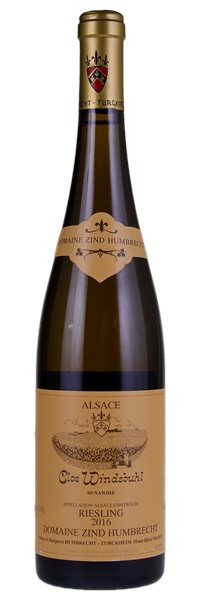Estimate

...hints of candied citrus and toast on the nose...stunningly long and pure finish.
Flinty reduction on the nose gives way to lemony, bright zestiness and wet-stone flavors on the tangy palate. The lemony freshness tingles and makes the mouth water while the concentration of the slender, juicy body sets a counterpoint....lively, taut and enlivening.
...lovely, intense floral, mineral and lemony aromas and flavors. The finish is very pure, long and piercing.
...intense, fresh and flinty on the nose, where lovely mirabelles and lemon notes intertwine... On the palate, this is a mouth-filling, fresh, elegant and quite mealy-textured Riesling with remarkable finesse and elegance.
...subtle mix of crunchy white peach, spring blossom, Meyer lemon and melon flavors that unfurls on the long palate, gaining momentum through the stone- and chalk-tinged finish. A powerhouse.